European Commission is set to discuss the actions regarding Italy’s draft budget today. Italy sent a three-page letter to the Commission yesterday, explaining its position on the budget, but without directly addressing the questions as presented by the Commission’s letter to them. Instead, Economy Minister Giovanni Tria tried to pain the budget plan, raising deficit target to 2.4% of GDP, as a “hard but necessary” decision after considering “macroeconomic and social conditions”. Prime Minister Giuseppe Conte, also expressed the willingness for a “constructive dialogue” but reject any prejudice.
European Commissioner for Economic Affairs Pierre Moscovici emphasized the “the European commission does not want a crisis between Brussels and Rome.” But he added that “the maximum that we can do … is to ask Italy to resubmit another budget, which takes account of the observations, of the questions, and also of European rules.”
While attentions are mainly on the top line 2.4% of GDP deficit target, there are other issues that are yet to be addressed by Italy. In particular, the Italian government forecasts the economy to growth 1.5% in 2019, based on the budget. However, as the Commission pointed out in its letter, the plan has not been endorsed by any “independent fiscal monitoring institution”, like the Parliamentary Budget Office. And that’s a breach of EU rules. The growth projection is the basis for deficit target calculation and Italy has to either ask the PBO to reveal and endorse it, or explain why they just come up with the numbers on their own.




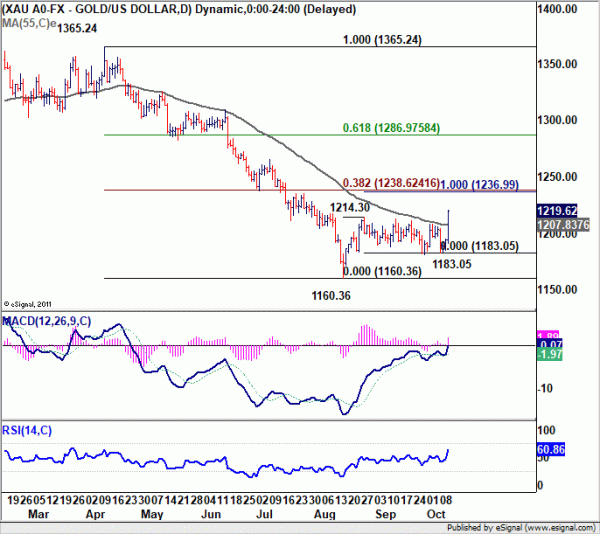
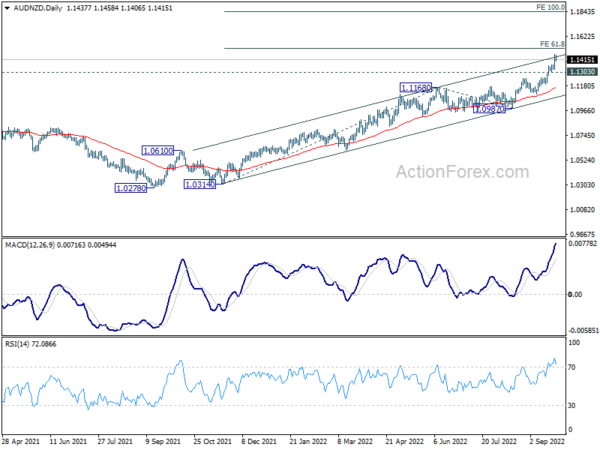
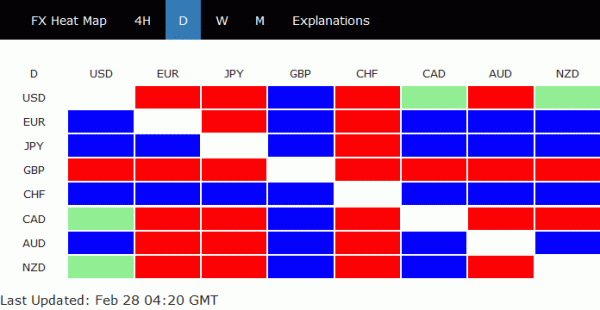
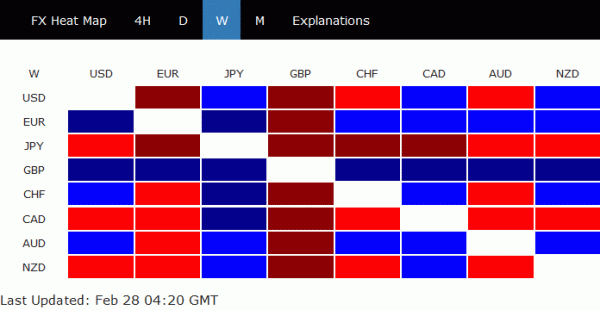
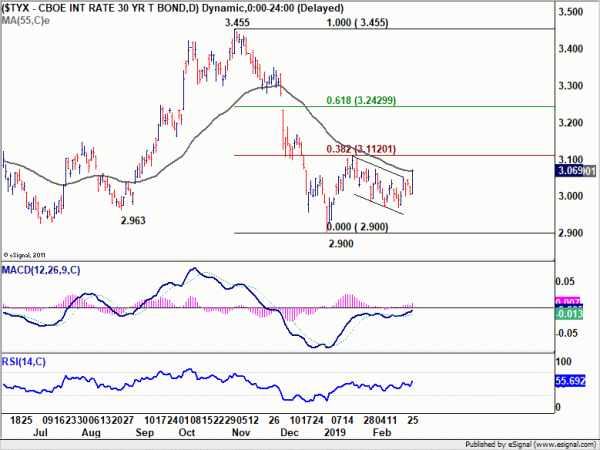
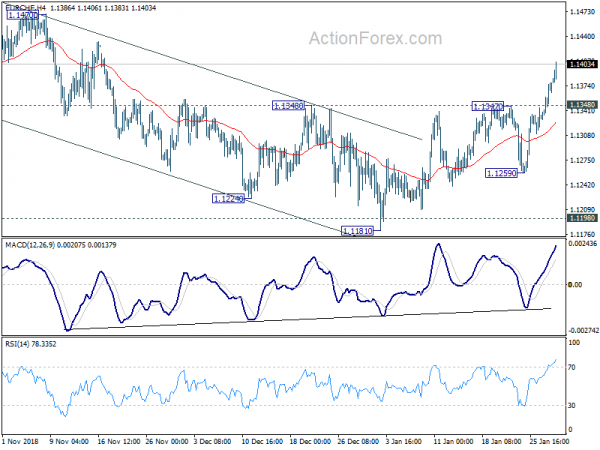
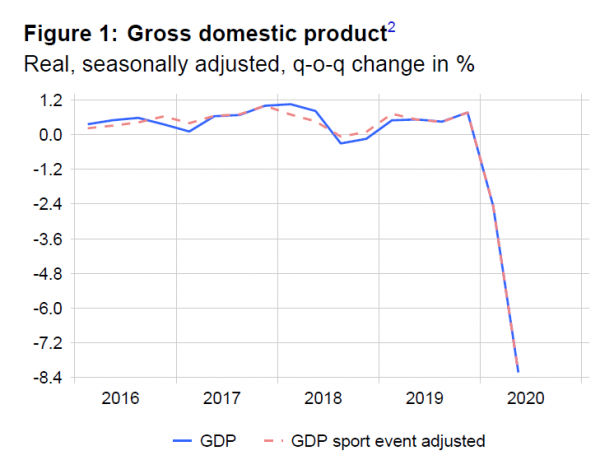
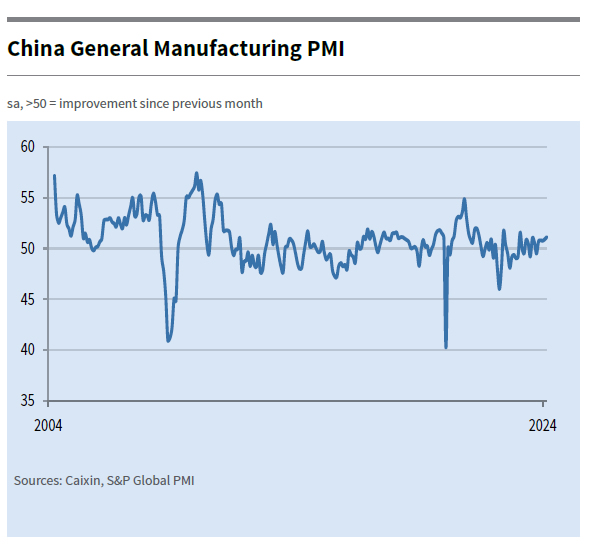


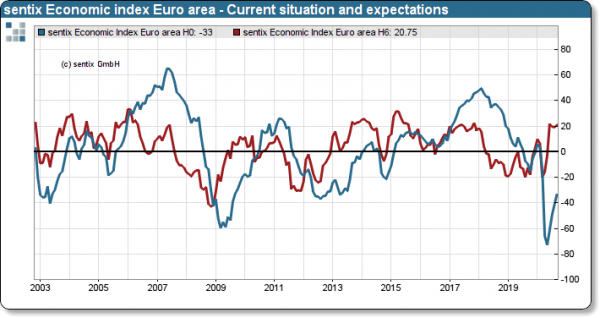
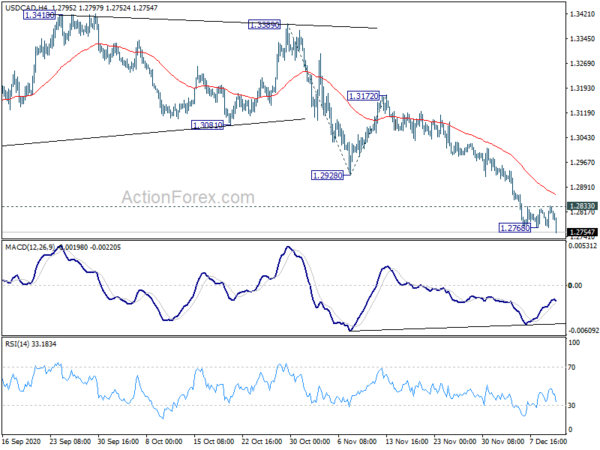
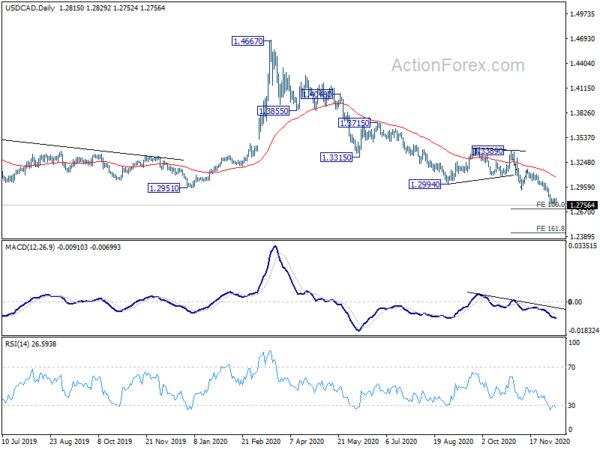
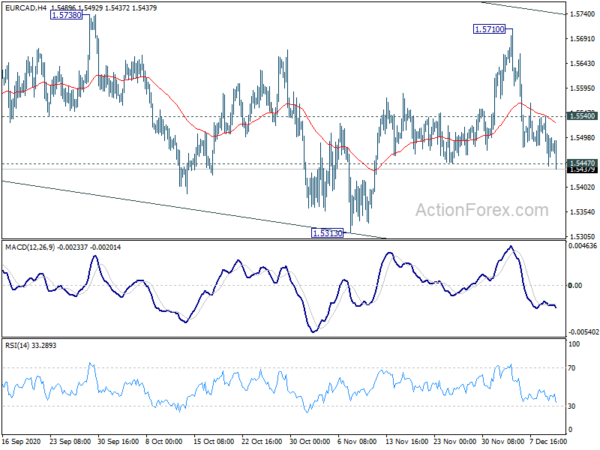
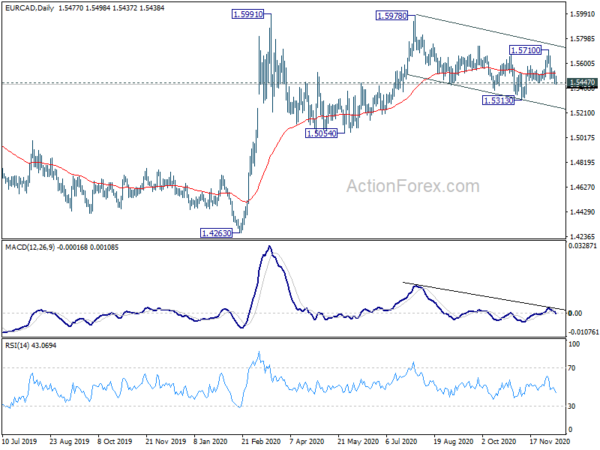
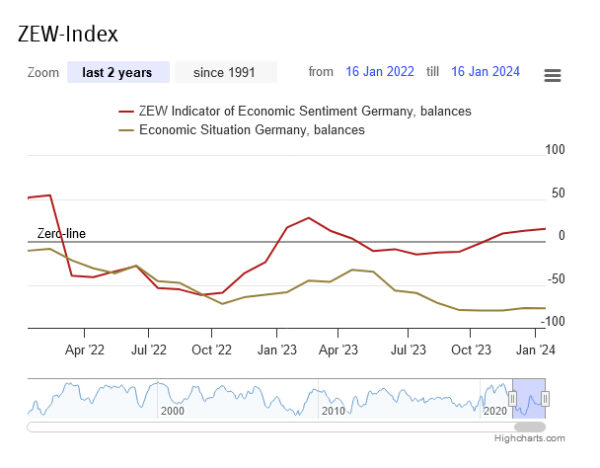
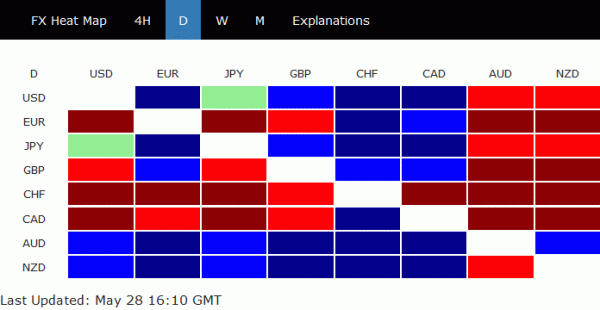
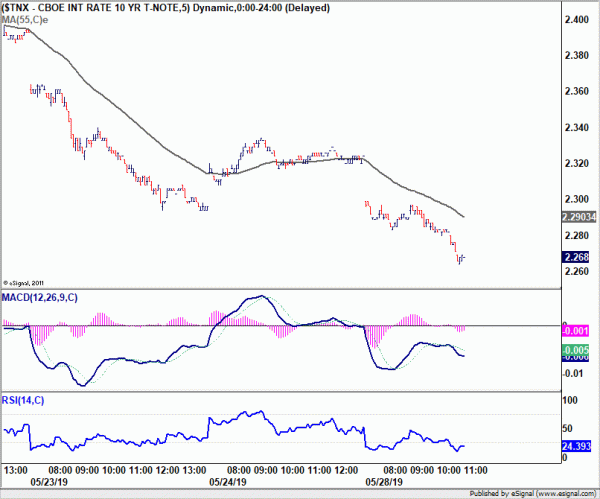
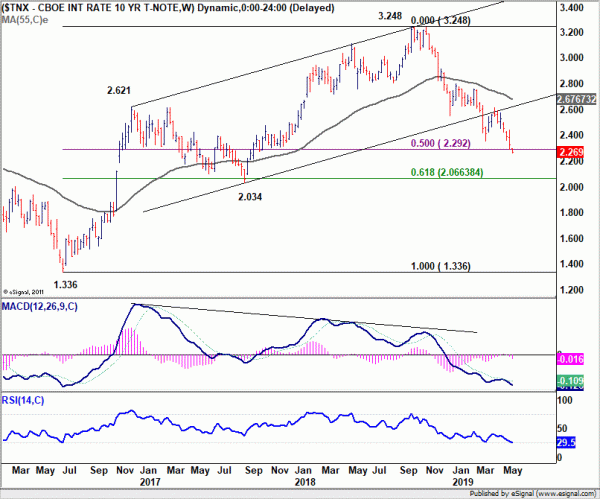

Gold breaking out from triangle pattern, heading to 1400?
Gold surges to as high as 1365.24 so far and is attempting to break out from recent triangle consolidation. Immediate focus is now on 1366.05 high, which is nor far away. Based on current momentum, break of 1366.05 should send gold to 61.8% projection of 1236.66 to 1366.05 from 1319.82 at 1399.78, which is close to 1400 handle.